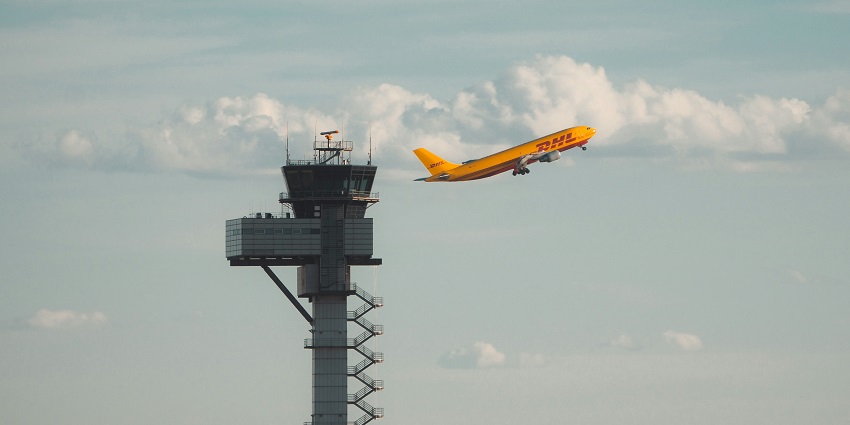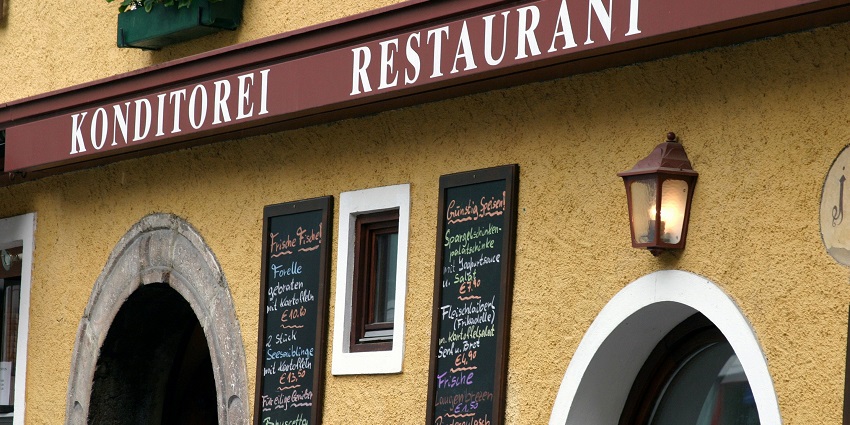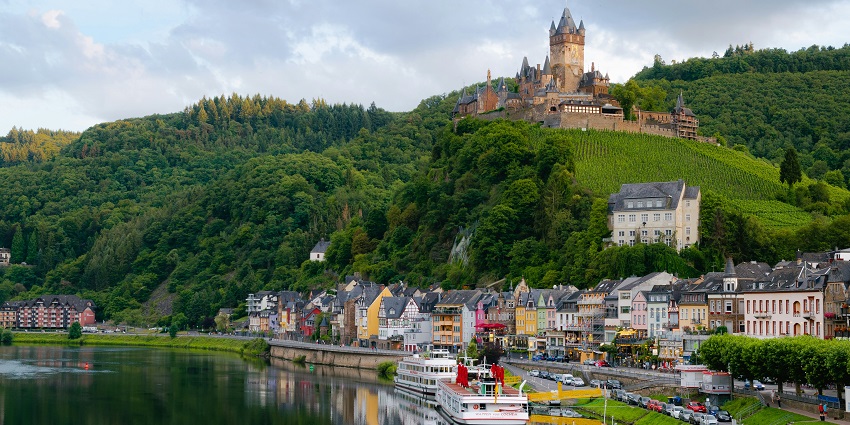You don’t need a suitcase full of money to explore Europe. The key is smart planning and knowing your priorities. Many travellers ask the same thing early on, how much does a Europe trip cost? The answer isn’t simple. It depends on your travel style, how long you go for, where you stay, eat, and what you like to do. Some go on a tight budget, others spend more for comfort. There’s no perfect way. But understanding the costs can help you plan better and choose what suits your trip.
Before You Even Leave Home

Flights will likely be your biggest upfront cost. A round-trip ticket from India to Europe in economy class can cost between ₹60,000 and ₹90,000. Prices are usually higher during summer or festive seasons, so booking early or flying mid-week might save money. Next is the visa. Most people apply for a Schengen visa, which costs around ₹7,400. You may also pay extra for biometrics and courier services. Travel insurance is required and costs ₹500 to ₹1,500. Don’t forget small costs like luggage, currency, or accessories, they add up if not planned.
Where Will You Stay?

Photo: Jorge Fernández Salas / Unsplash
Accommodation is often the second biggest cost when travelling, but there are many options to suit all kinds of budgets. Hostels, guesthouses, apartments, and hotels are all available. Budget travellers can stay in hostel dorms, which usually cost between ₹2,000 and ₹4,000 per night. Private rooms in hostels are a bit more expensive but still reasonable. Mid-range hotels charge around ₹5,000 to ₹12,000, often including breakfast. Luxury hotels can go above ₹15,000 per night and are best for short stays or special occasions. Apartments are ideal for families or longer stays, with prices from ₹4,500 to ₹13,000, and help cut food costs.
What Will You Eat?

Photo: Chris Michals / Unsplash
Food costs can be high or low, depending on how you plan. Street food, snacks, and bakery items cost around ₹300 to ₹800 per meal. They’re tasty and found almost everywhere. If you like exploring markets, you’ll come across fresh food at good prices. A sit-down meal at a mid-range place usually costs ₹1,200 to ₹3,000. Lunch deals are often cheaper than dinner. Fine dining costs more, ₹4,000 to ₹10,000 for a full meal. Cooking your own food can save money, with weekly groceries costing ₹2,500 to ₹5,000. Carrying your own snacks and water also helps avoid extra costs in tourist areas.
Moving Around Europe

Travelling within Europe gives you plenty of choices. What works best depends on how far and how often you’re travelling. For longer distances, budget flights are quite common and cost around ₹2,000 – ₹6,000 if booked early. Just remember to check baggage rules. Trains are comfortable and scenic, with prices ranging from ₹1,000 to ₹10,000. Travel passes help if you’re using trains a lot. Buses are slower but cheaper, starting at ₹500. Within cities, metros, buses, and trams are affordable and easy to use with a day pass. Taxis and ride apps are costly, so use them only when really needed.
What Will You See And Do?

Photo: Chris Karidis / Unsplash
This is where you decide how much to spend. Some travellers keep costs low by walking around, visiting parks, and soaking in the local culture. Others prefer to pay for popular attractions, guided tours, or special experiences. Entry to museums and landmarks can range between ₹500 and ₹3,000. In some cities, attraction passes are available for ₹4,000 to ₹8,000 and may include transport. Markets, churches, and outdoor spots are usually free. Free walking tours are a good choice too, just tip what you like. If you enjoy adventure, things like boat rides or skiing start from ₹3,000 and go up.
What Will The Entire Trip Cost?

Photo: Thought Catalog / Unsplash / Image For Representation Only
Let us answer the question once again, how much does a Europe trip cost? If you’re travelling on a budget, plan to spend around ₹7,000 to ₹9,000 each day. This covers simple stays, local travel, meals, and basic sightseeing. A mid-range trip might cost between ₹12,000 and ₹18,000 per day, giving you better hotels, restaurant meals, and more activities. For a luxury experience with private tours, fine dining, and high-end hotels, expect to spend ₹25,000 or more daily. This is ideal if comfort matters more than cost. For a ten-day holiday across two or three countries, the total can be anywhere between ₹1,30,000 and ₹2,50,000 per person, making it a stress-free and enjoyable experience.
If you’re wondering how much a Europe trip costs, it really depends on your choices, how you travel, what comforts you need, and what pace suits you. Europe doesn’t have to be just a dream. With the right planning and smart decisions, it’s possible. It’s not about saving every rupee, but about spending where it truly counts. Make your dream trip real, plan smart, travel wiser with TripXL.
Cover Photo: Pedro Lastra / Unsplash


 WhatsApp
WhatsApp
 Twitter
Twitter









